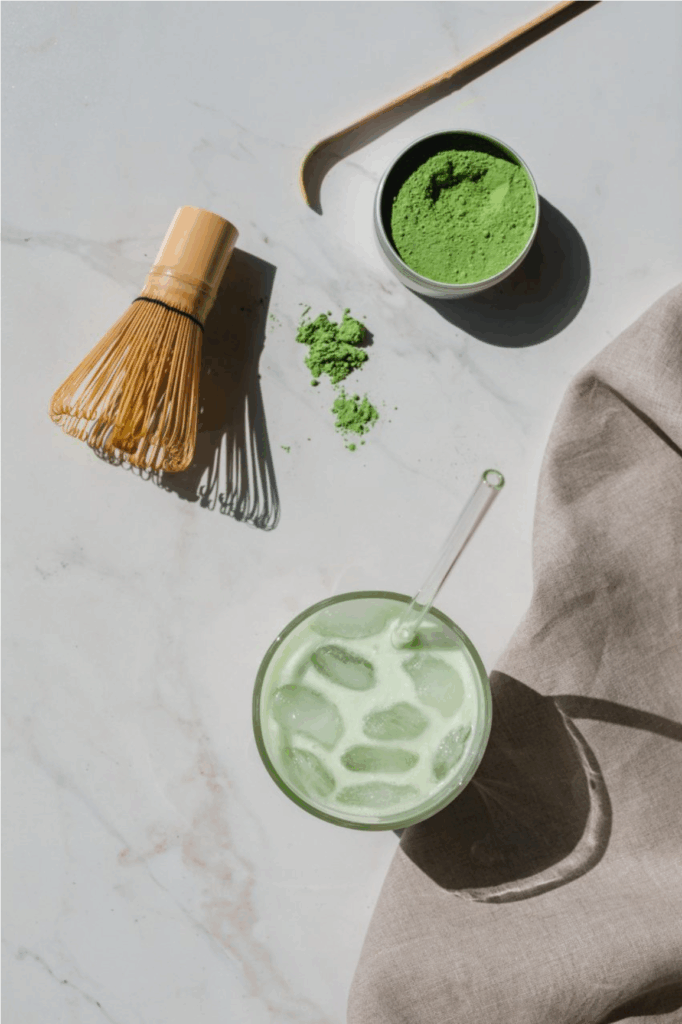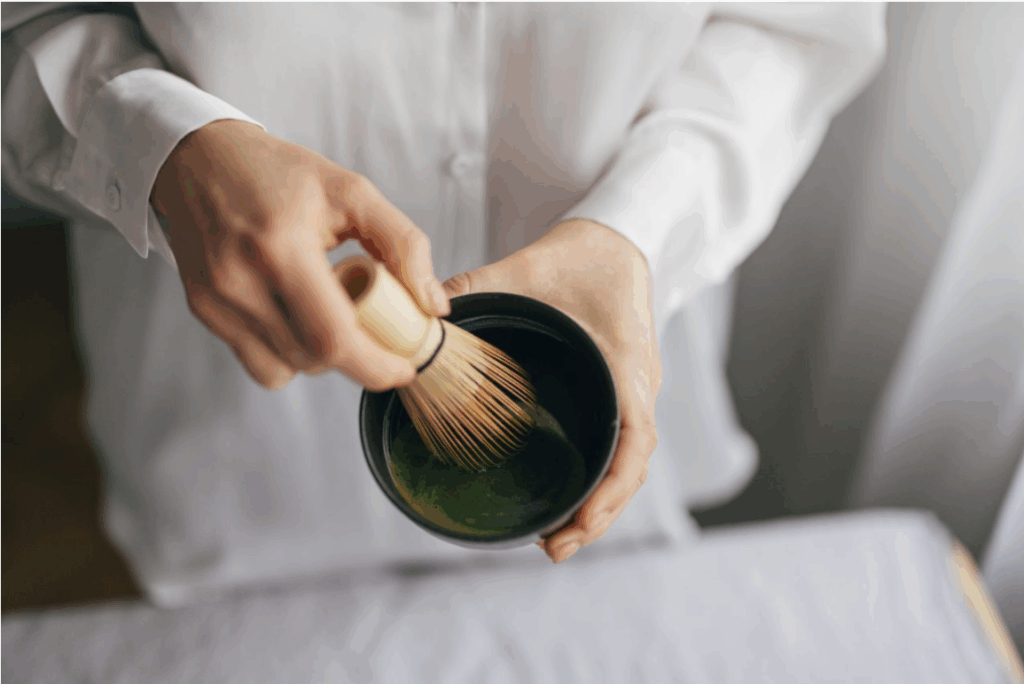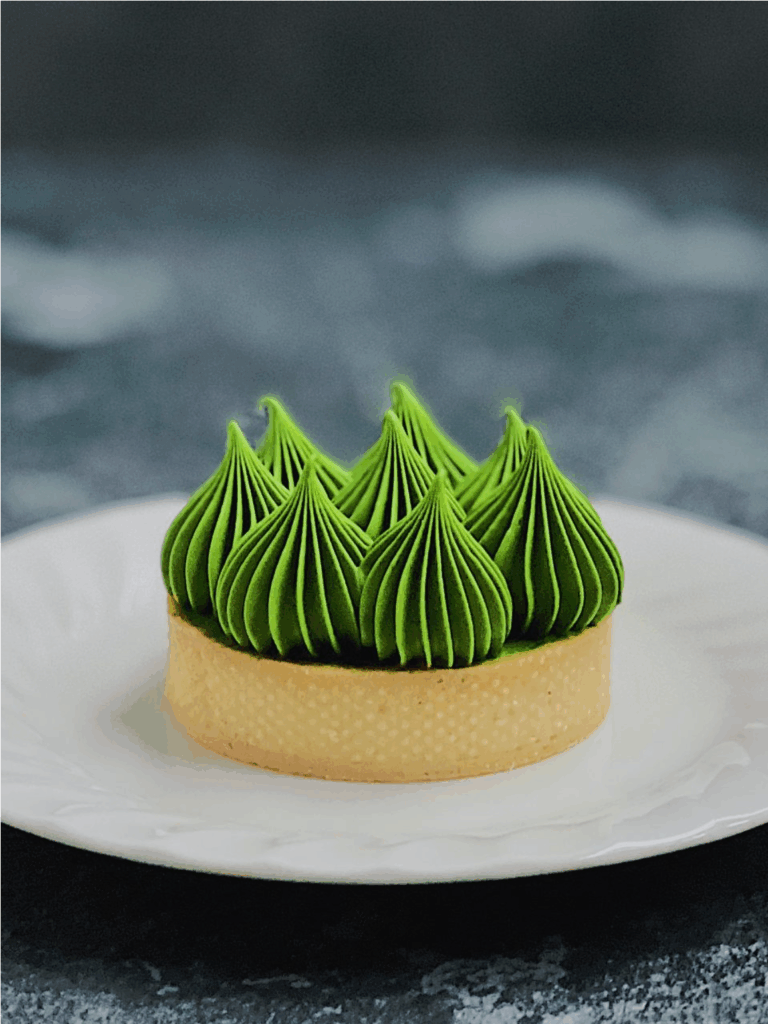Matcha has officially gone mainstream. Gwyneth Paltrow sips hers hot with milk, Ashley Olsen blends it into icy smoothies, and Instagram is flooded with nearly a million #matcha posts. A quick Google search pulls up almost 16 million results. Clearly, something big is brewing in the wellness world.
From weight loss and stress relief to glowing skin and antioxidant power, the green powder has earned its “superfood” status. To separate fact from hype, we spoke with Itziar Digón, a psychologist and nutritionist at Tacha Wellness, who broke down exactly what makes matcha worth the buzz.

1. It May Support Weight Loss
Yes, you’ve heard right—matcha can help with weight management. According to Digón, this is thanks to its thermogenic properties, which boost fat oxidation and energy expenditure by increasing body heat. Even better, matcha helps regulate appetite by balancing blood sugar levels, reducing the urge for mindless snacking.
2. A Powerhouse of Antioxidants
When it comes to antioxidant power, one cup of matcha has been said to rival ten cups of regular green tea. Digón confirms this isn’t far-fetched: since matcha is made by grinding the whole tea leaf, you consume the full spectrum of vitamins, minerals, catechins, chlorophyll, and amino acids. Think of it as green tea—supercharged.

3. Calm Energy Without the Jitters
There’s a reason Buddhist monks have been sipping matcha for centuries. Unlike coffee, matcha provides a steady stream of energy without the crash. That’s thanks to L-theanine, an amino acid that promotes calm focus while counteracting the overstimulation of caffeine. Matcha actually contains more caffeine than most teas but less than coffee—and it’s released more slowly into the bloodstream. Translation: alert but serene.
4. Easy to Drink, Easy to Overdo
Most matcha comes in a fine green powder that dissolves quickly in water or milk, making it an easy daily ritual. But moderation matters. Digón advises no more than six cups per day (four if you’re sensitive to caffeine). In Japan, matcha is often enjoyed in small amounts throughout the day. And if you have heart conditions, kidney issues, or ulcers, always check with your doctor first.

5. Beyond the Cup: Matcha Recipes
The internet is brimming with creative ways to cook with matcha. Its earthy flavor and vibrant green hue make it a star ingredient in cakes, energy bites, and smoothies. Digón’s favorite? A refreshing smoothie made with half a cup of plant-based milk, crushed ice, half a banana, one teaspoon of matcha, and a drizzle of agave syrup.
6. Matcha for Skin Care
In the U.S., matcha has crossed from the kitchen into the beauty aisle. Dermatologist Judith Hellman told Allure that applying tea directly to the skin can be surprisingly effective. A DIY mask she recommends blends matcha powder with honey, yogurt, and egg yolk—leave it on for 40 minutes, and your skin will drink in its antioxidant benefits.
The Bottom Line
From your morning latte to your evening skincare ritual, matcha has earned its superfood reputation. Whether you’re after sharper focus, a natural energy boost, or simply a chic green addition to your Instagram feed, this centuries-old Japanese tea proves that sometimes the trendiest wellness secrets are also the oldest.
